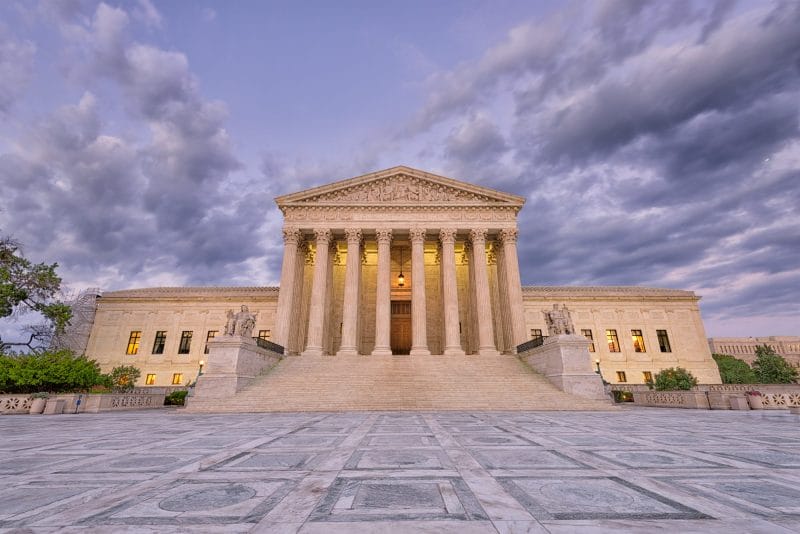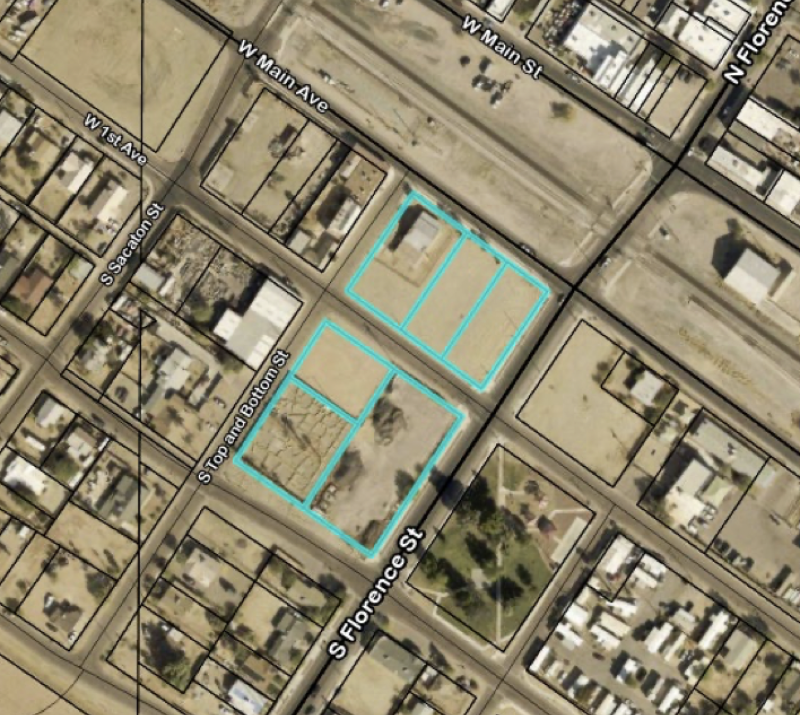 Eight possible explanations
Eight possible explanations
By Peter Coy | Bloomberg
The U.S. economy is behaving mysteriously. Usually wage growth accelerates when the job market is tight: Employers have to pay more to attract and retain workers. But even though the unemployment rate hit a decade low of 4.4 percent in April, average hourly earnings of all private non-farm workers grew just 2.5 percent over the past year—compared with an annual rate of more than 4 percent the last time the jobless rate was this low.
What has happened to the historical, and seemingly logical, link between unemployment and wages? A lot of people want to know, including the policymakers at the Federal Reserve, who’d ordinarily be raising interest rates much more than they have to prevent a wage-price inflation spiral. In the absence of a single convincing explanation, here are eight theories.







